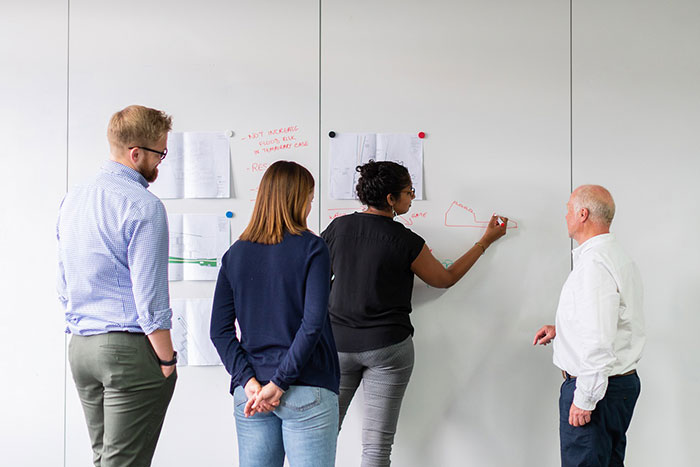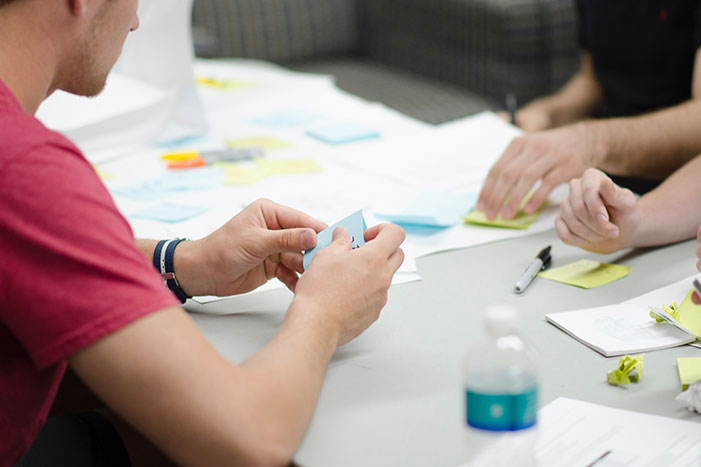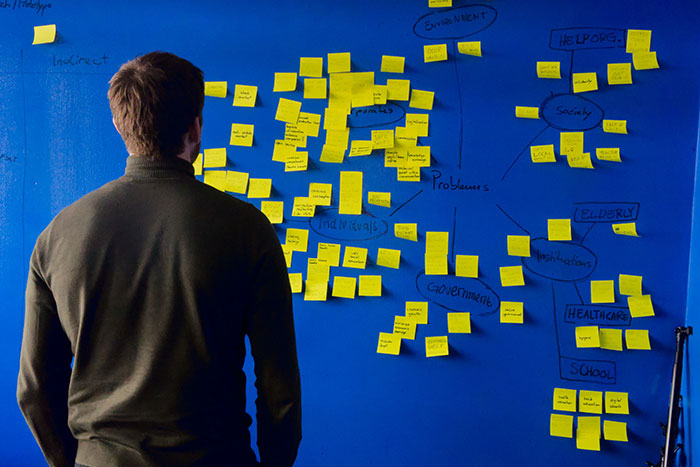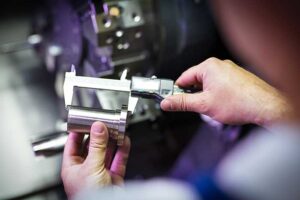
The product specification also referred to as a product design specification, product development specification, or PDS, is a written document that describes your product and lists what you would like your product to do and how you would like the user to interface with your product. While writing all that down may seem tedious, it is the most important thing you can do in the early stages of the product development process. This is because what is listed in the product spec guides your entire scope of product development.
What is the product specification used for?
As stated previously, the product specification creates a framework for your design, guiding the engineering process towards a single goal. Without a well-defined product specification, it is easy for your design to go “off the rails” and you to end up with a product that does not meet the user requirements you originally wanted.
Additionally, the specifications listed in the PDS guide your testing protocols. For example, if your user requirement is that it must support a full-grown adult, you would need to develop a way to test that. In this case, it may be a tensile test that shows the device will not break when a full-grown adult’s weight is applied. For medical devices, the design specifications listed in the PDS can make or break your FDA submission.
Considerations when writing your PDS
Remember the question you are trying to answer
A lot of times clients think too much about the features and design of the product, without considering the intended use. They come to us with an idea and a specific design that they believe will work. You can be your own worst enemy by fixating on the solution. If you only set out to design your product in a specific way, you may be missing out on a cheaper or more efficient design. By being so focused on the answer you can forget the question entirely. A well-written product design specification can avoid just that.
Before you write anything down, ask yourself “What problem does this idea solve?”. This is the most important question you need to answer. There may be many ways that you can solve this problem. Engineering is about finding the best way in which to accomplish that. As you go through identifying the user requirements, keep going back to that question and ask yourself how it applies to your user requirements. Justifying your user requirements will help you align your priorities later. A user requirement that makes your medical device conform to ISO 13485:2016 standards is a much higher priority than one that makes it able to be used with a variety of accessories.
Talk to the end-user
One of the most important parts of market research is to talk to your end-user. What do they need in a product? What do they like about what is currently on the market? What don’t they like? Is there a feature that could make their lives easier? What are they willing to spend? The answers to these questions will help shape your design.
For example, we developed a single-use product that was similar to a product currently on the market. That similar product required you to crack the handle to activate it. Our client wanted us to figure out a way to remove the cracking feature, which we did. Later, when talking to end-users, the client discovered that people liked the cracking sound of the competitor’s product as it indicated that the product was ready to use. If they had spoken to their customer base beforehand, they would have known this from the start and would not have removed such a huge selling feature. Now the client had to go back and redesign their product so it could successfully compete in the market.
Know the industry
A large part of writing product specs involves doing product research. You should do extensive market research on the industry your product falls within. Many industries are regulated, such as medical devices, electronic devices, and children and baby products. In the United States, the Consumer Product Safety Commission sets a lot of the standards for consumer products. UL, IEC, ASTM, and FDA are just some of the numerous other safety commissions that set guidelines for various industries. If your product needs to have a certification from one or more of these agencies to be sold, your design will need to be compliant. This could drastically shape your product design, so knowing at least the basics of what your design needs to comply with is important from the start.
A good product development company can help you with this and will know the regulations and certifications required for your product. They should also take those exact standards and turn them into technical device specs once your design is underway. The regulatory requirements for medical devices are extensive, and having a company with extensive knowledge in that area and a Quality Management System set up to streamline the process is invaluable. Knowing what industry your product falls under can help the product development company identify any regulatory standards, certifications, or laws you may need to adhere to.
Research existing patents
Another reason for doing thorough market research is to see if there are similar ideas out there. This includes performing a patent search. You do not want to get halfway through the product development process only to find that someone already holds that patent. If you are unfamiliar with how to go about doing a patent search, we laid it all out in our guide on “How To Get A Patent”. You may also want to consider hiring a patent attorney to help you with your patent search and eventual writing of your patent. Spending this money, in the beginning, can prevent many headaches later.
Keep realistic expectations
Inventing allows for endless creativity and experimentation; however, your design needs to reside in the physical world. That means it is still subject to the laws of physics, the limitations of the human body, and the technology currently available.
Here is a real-world example where this came into play. We were asked to develop a device used by bariatric patients where the maximum amount of force applied to it would be 200 pounds. The company wanted us to develop a plastic device that could withstand 700 pounds. Due to the limitations of available materials, the size and shape of the device required for optimal use, and the customer’s ideal production cost, this was not possible. But, even more importantly it was not necessary. Expecting your device to handle several hundred pounds of pressure more than the user will exert is not realistic. While it would be nice if it could withstand those forces, it does not meet the intended use criteria and is therefore not necessary. Trying to design it in such a way that would accommodate this extra weight would increase cost unnecessarily and require a complete redesign. To avoid situations like this, remember to keep the question of what problem do you want this product to solve in the forefront of your mind when developing your PDS.
Another component of maintaining realistic expectations is in terms of price. If you start with a very low production price in mind from the get-go but then need to develop new technology, use expensive materials, or complicated building processes, your costs will most likely exceed your target price. Even things like how it will be packaged and shipped can have an enormous impact on production costs. Doing extensive market research on similar products or even products using similar technology can give you a realistic idea of what your production costs may be.
Be flexible
The product design specification is a set of goals, not guarantees. Inventing is an iterative process and despite all your best efforts, your design may not work within the parameters you defined. For example, you build your product, but upon testing discover that it does not work correctly. In this case, you would need to alter your PDS or find another way of solving the problem you set out to fix.
One medical device we developed required a specific type of packaging seal. Since it was a medical device, it needed to be sterilized at high pressures. Conversely, it was going to be shipped in the cargo hold of a plane that subjected the device to very low pressures. The original seal design and materials would not work with these opposing pressure extremes. The design and product specifications needed to be altered to accommodate a new type of design and material that could.
Putting your product specification together
Now that you have done all your background research and have extensive knowledge of the user requirements and market, you can begin to write your PDS. Start by naming what problem you want your idea to solve and then list all the user requirements. Once you have a list of user requirements you can prioritize what your first design and prototype will focus on. From there you can take your completed user specification to a product development company where they will assign a functional requirement for it. If you need help writing your design specification we have put together a comprehensive editable PDS workbook, with examples, that will walk you step by step through the process. Download your free copy below!
Write Your PDS Like a Pro!
We’ve put together a free PDS workbook that guides you step by step through writing a preliminary product development specification,
Download your free workbook now!
"*" indicates required fields
About Synectic Product Development: Synectic Product Development is an ISO 13485 certified, full-scale product development company. Vertically integrated within the Mack Group, our capabilities allow us to take your design from concept all the way to production. With over 40 years of experience in design, development, and manufacturing, we strive for ingenuity, cost-effectiveness, and aesthetics in our designs. Learn more about our product design services and see how we can help your next project.




